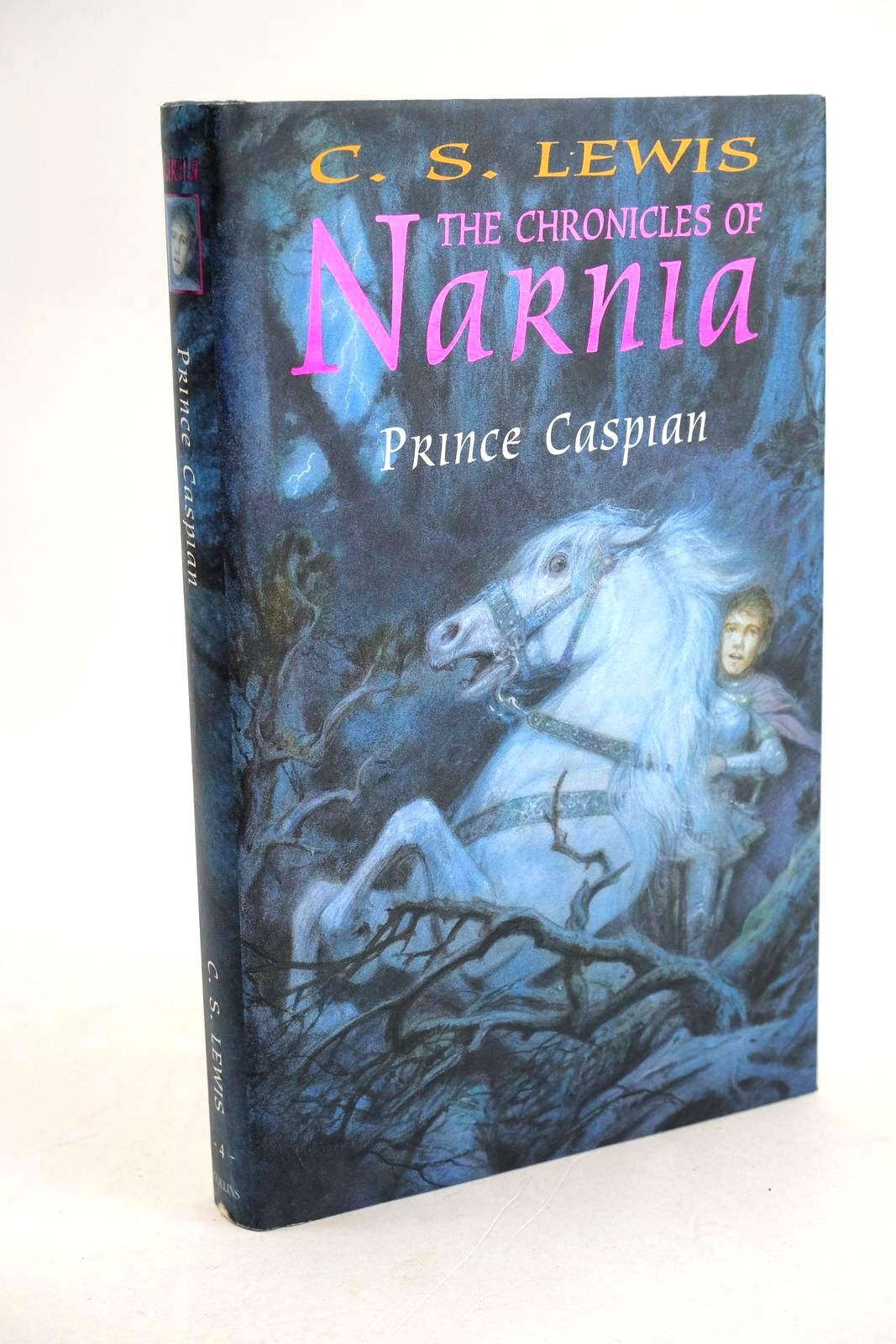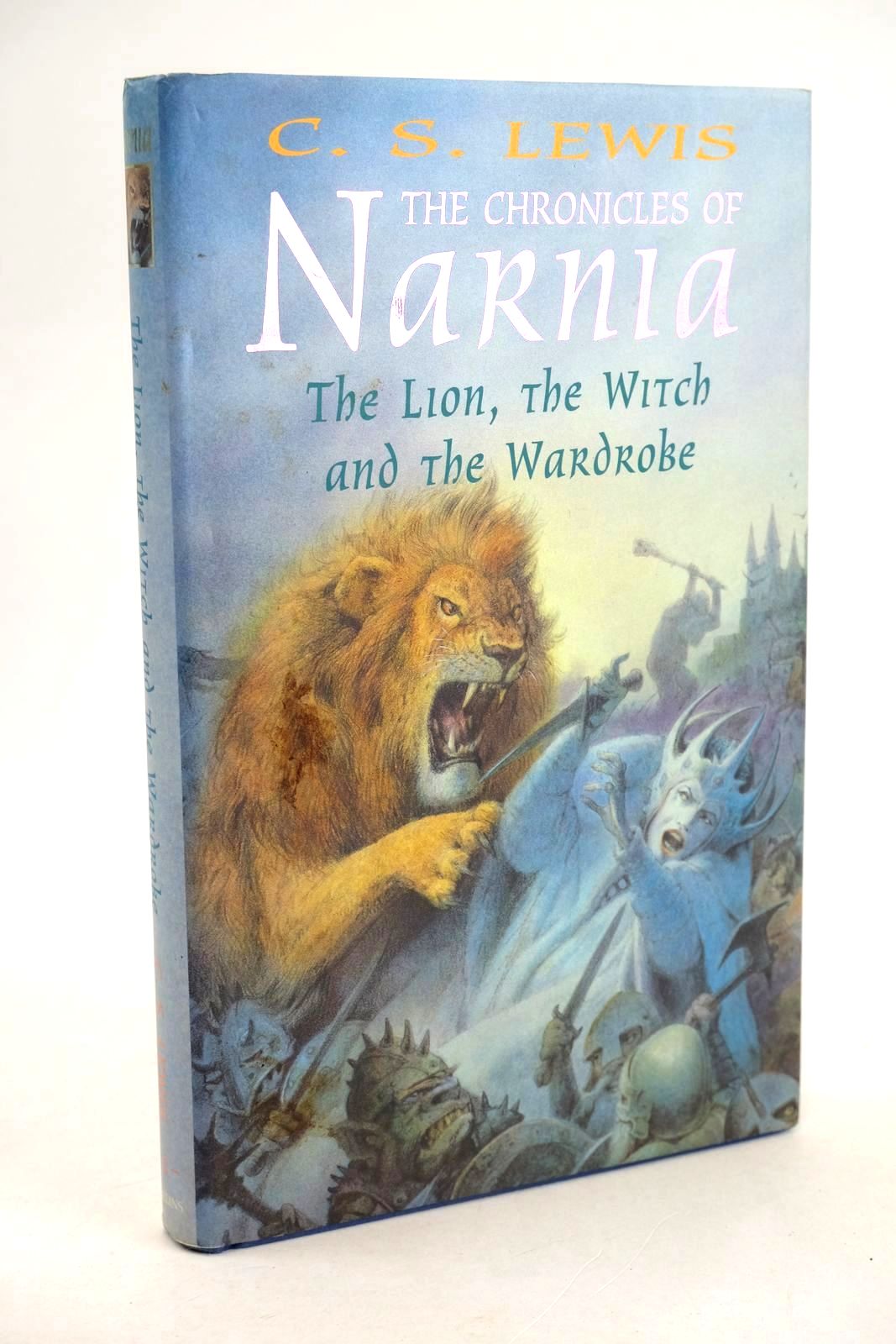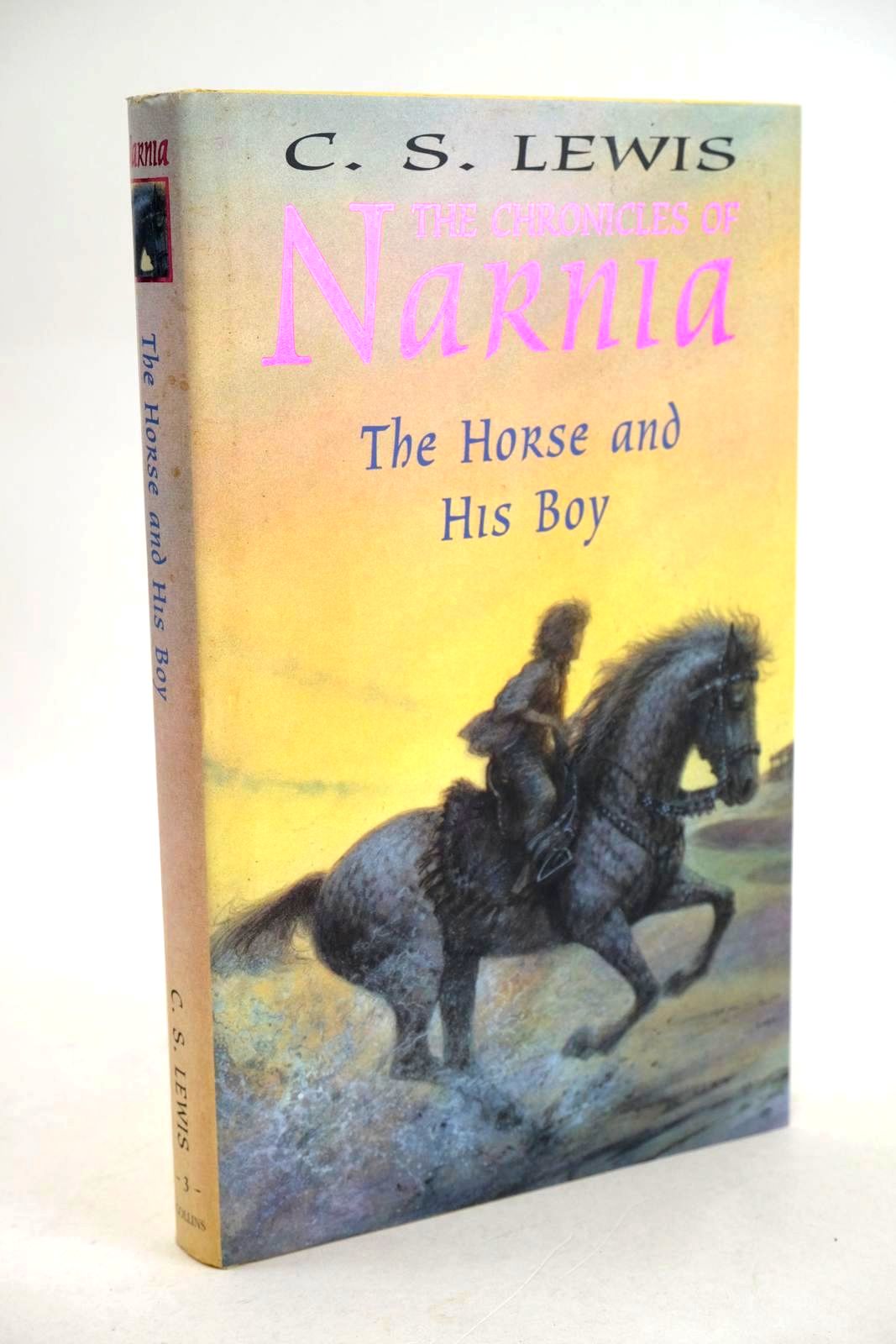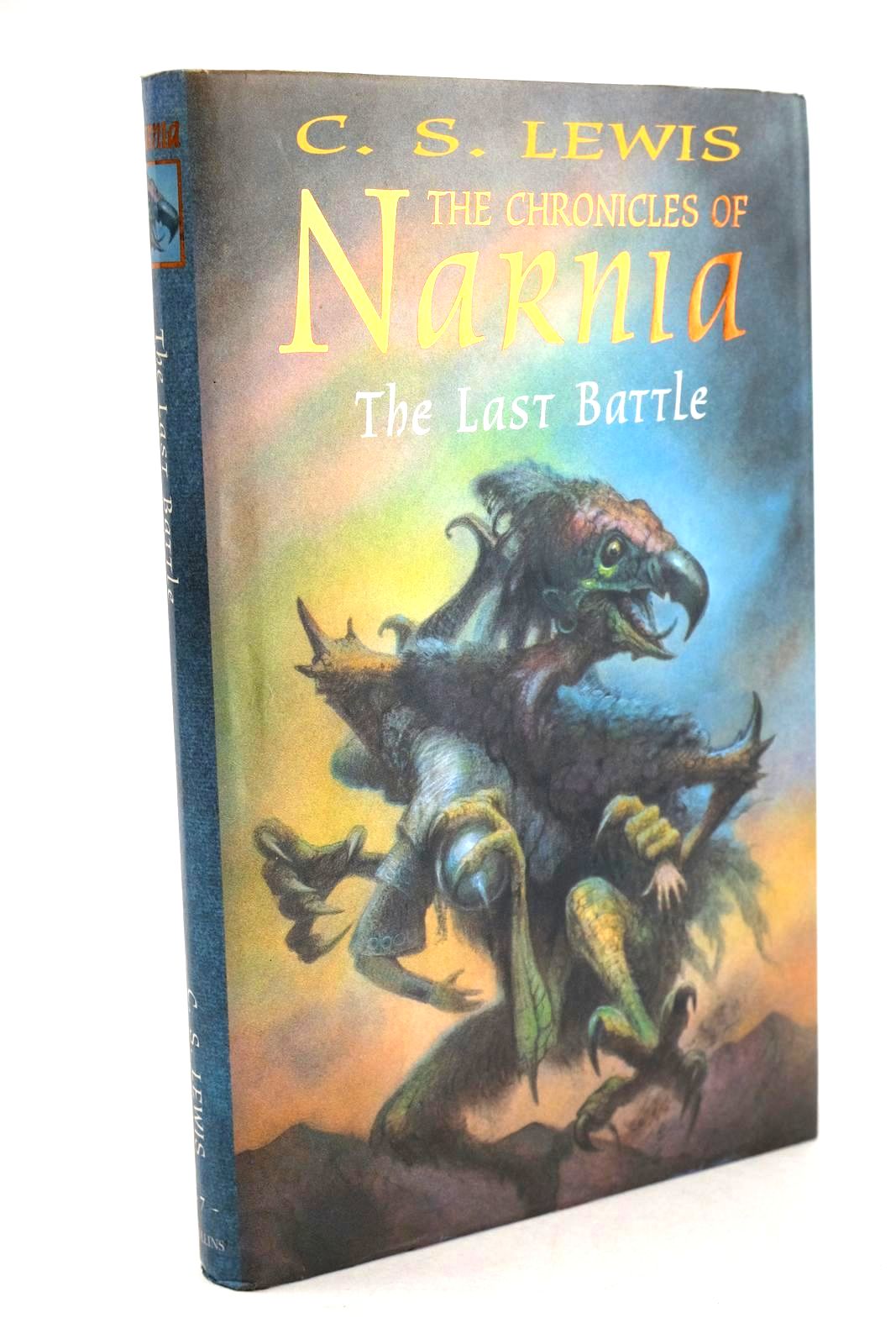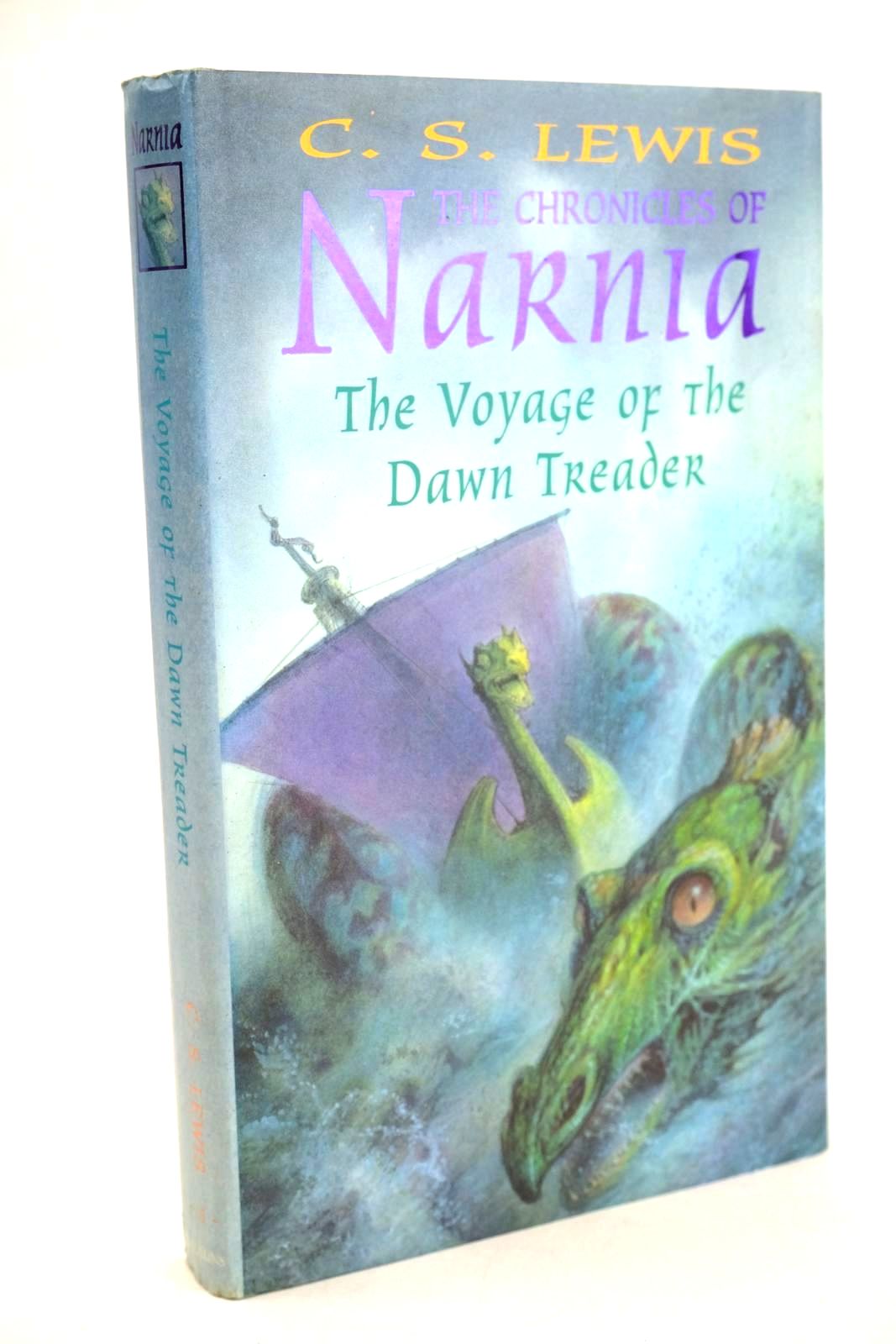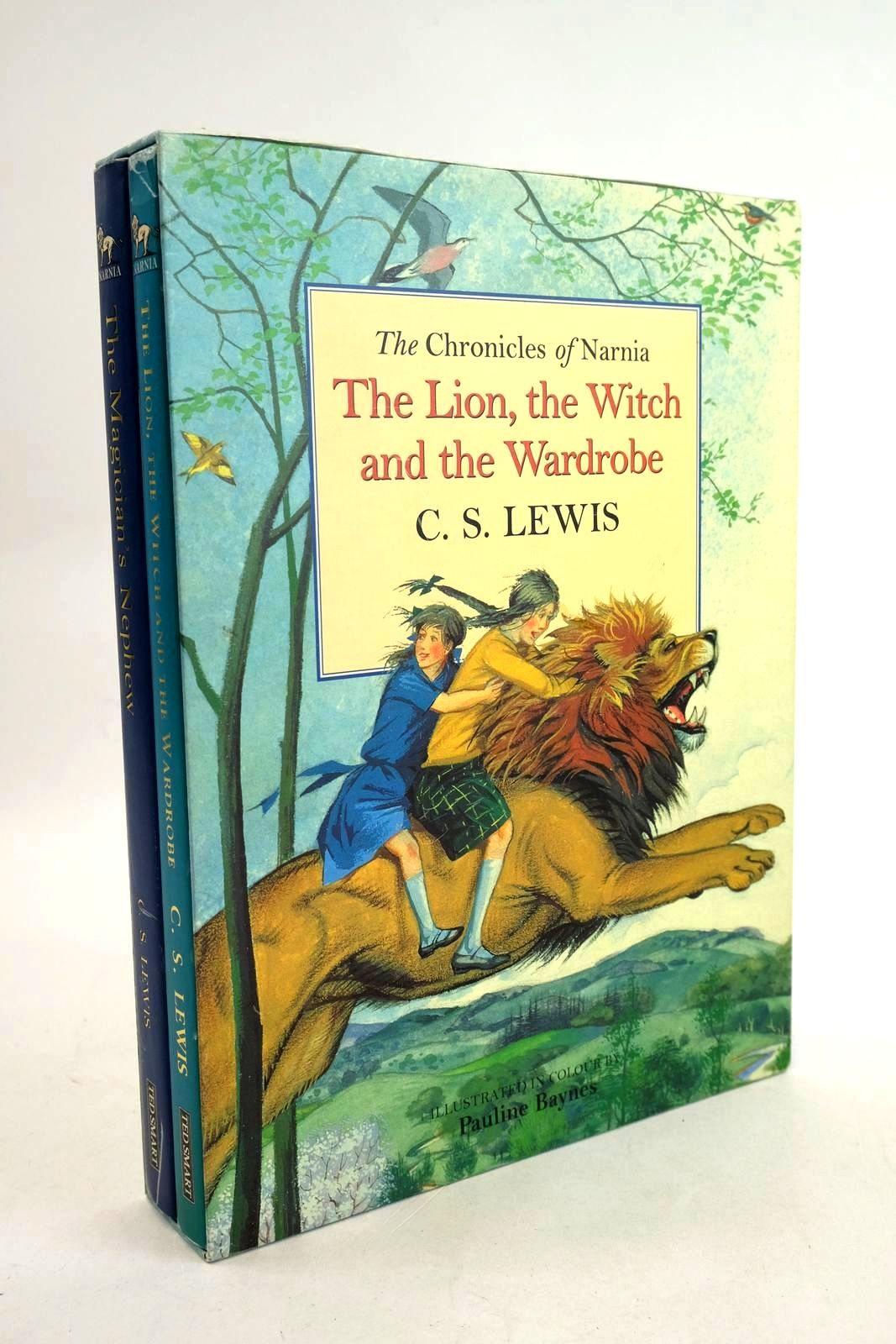C.S. Lewis and The Chronicles of Narnia
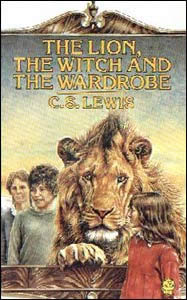 Everybody has heard of "The Lion, The Witch and the Wardrobe". But what though of the other 6 books which make up The Chronicles of Narnia?
Everybody has heard of "The Lion, The Witch and the Wardrobe". But what though of the other 6 books which make up The Chronicles of Narnia?
I for one have only ever read "The Lion, The Witch and the Wardrobe" which I thoroughly enjoyed. But having heard so many good things about the rest of the series I was compelled to do a little research into the stories and find out some more about the author as well.
Clive Staples Lewis (or Jack Lewis as he liked to be called) was born in Belfast, Northern Ireland, in November 1898. He was the second born to Albert James Lewis (1863-1929) and Flora Augusta Hamilton Lewis (1862-1908). His older brother Warren was born in June 1895. Lewis enjoyed a pleasant early childhood spent in their family home. Unfortunately this happy time was soon to end when his mother became ill and died of cancer in 1908.
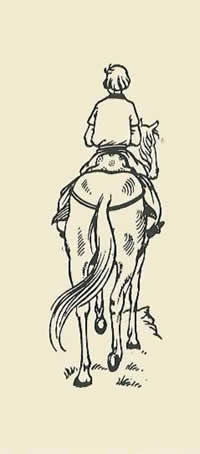 Within a short period of time after this the two boys were sent to boarding school in England. Lewis hated this school and fortunately was able to return to Ireland soon after. However, a year later he was sent back to England to study at Cherbourg School, Malvern. This time though the outcome was more positive, he developed a love of poetry and modern languages, mastering French, German and Italian.
Within a short period of time after this the two boys were sent to boarding school in England. Lewis hated this school and fortunately was able to return to Ireland soon after. However, a year later he was sent back to England to study at Cherbourg School, Malvern. This time though the outcome was more positive, he developed a love of poetry and modern languages, mastering French, German and Italian.
In 1916 Lewis won a scholarship to University College at Oxford University. Soon after beginning his studies however Lewis volunteered for active duty in WWI. He survived very well, being injured once but recovering and attending duty again. Following the war he began his studies once more and graduated in 1925 with first-class honours in Greek and Latin Literature, Philosophy, Ancient History and English Literature. After his graduation Lewis remained at Oxford University for 29 years teaching English at Magdalen College before becoming a professor of medieval and renaissance literature in 1955.
During this time Lewis had begun writing his own books. Many of his works were based on religious subjects, his first major work "The Pilgrim's Regress" (1933) was all about his own Christian faith. He also wrote a trilogy of science fiction novels, the first of which is "Out of the Silent Planet" (1938).
 When Lewis started to turn to children's fiction his friends and publisher tried to dissuade him. They thought that his reputation as a serious writer would be damaged and indeed J.R.R.Tolkien actually criticized his first Narnia book. Thankfully Lewis did not listen to them and the Narnia Chronicles were written between 1950-1956.
When Lewis started to turn to children's fiction his friends and publisher tried to dissuade him. They thought that his reputation as a serious writer would be damaged and indeed J.R.R.Tolkien actually criticized his first Narnia book. Thankfully Lewis did not listen to them and the Narnia Chronicles were written between 1950-1956.
During this time he met Joy Davidman Gresham who he later married in 1956. Although the critics gave the books quite bad reviews the series has gained worldwide popularity and are among the most classic of children's literature.
 After finishing the Narnia series Lewis continued to write books on religious and autobiographical subjects. However, he was preoccupied with his wife's illness. Sadly she died of cancer in 1960. After the death of his wife Lewis' health deteriorated rapidly and on the same day that President Kennedy was assassinated (November 22, 1963) he passed away.
After finishing the Narnia series Lewis continued to write books on religious and autobiographical subjects. However, he was preoccupied with his wife's illness. Sadly she died of cancer in 1960. After the death of his wife Lewis' health deteriorated rapidly and on the same day that President Kennedy was assassinated (November 22, 1963) he passed away.
A brief review of the Narnia books:
THE LION, THE WITCH AND THE WARDROBE (1950)
Four English children (Peter, Susan, Edmund, and Lucy) discover a magic land through the back of an ordinary wardrobe. Edmund betrays his siblings to the wicked White Witch, who has cast a spell on Narnia that holds it in winter. The lion Aslan must agree to die at the witch's hand before the betrayal can be forgiven and spring return to Narnia.
PRINCE CASPIAN (1951)
The four children return to a Narnia at a much later time than their last visit. They assist Prince Caspian in defeating his wicked uncle Miraz and bringing back the Old Narnians.
 THE VOYAGE OF THE DAWN TREADER (1952)
THE VOYAGE OF THE DAWN TREADER (1952)
Edmund and Lucy join their cousin Eustace Clarence Scrubb who becomes an unwilling voyager on a ship with King Caspian. Caspian proposes to sail to the World's End, which they do and have many adventures on the way.
THE SILVER CHAIR (1953)
Aslan sends Eustace Scrubb and his friend Jill Polet find the imprisoned Rilian - the true heir to the Narnian throne.
 THE HORSE AND HIS BOY (1954)
THE HORSE AND HIS BOY (1954)
Shasta, aided by two Talking Horses (Hwin and Bree), helps save Archenland from invasion
THE MAGICIAN'S NEPHEW (1955)
The beginning of the Land of Narnia. Two children called Polly and Digory - whose Uncle Andrew is a magician - meet a Queen during their travels who wants magic for power.
THE LAST BATTLE (1956)
The final story of Narnia. A false Aslan roams Narnia. The many good and brave Narnians fight fiercely under their leader, King Tirian. It is then that the real Aslan summons Eustace and Jill, the children from our world, to defend Narnia at the last and most desperate battle.
Contributed by Maria Goddard
(Published on 1st Oct 2013 )


